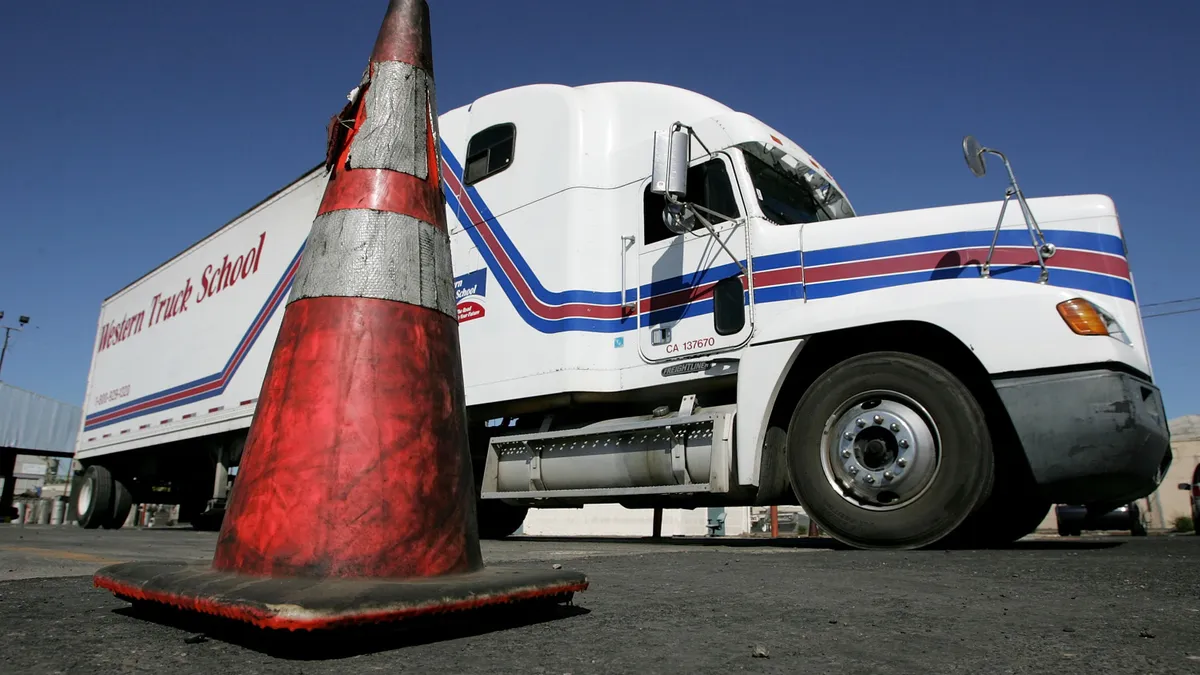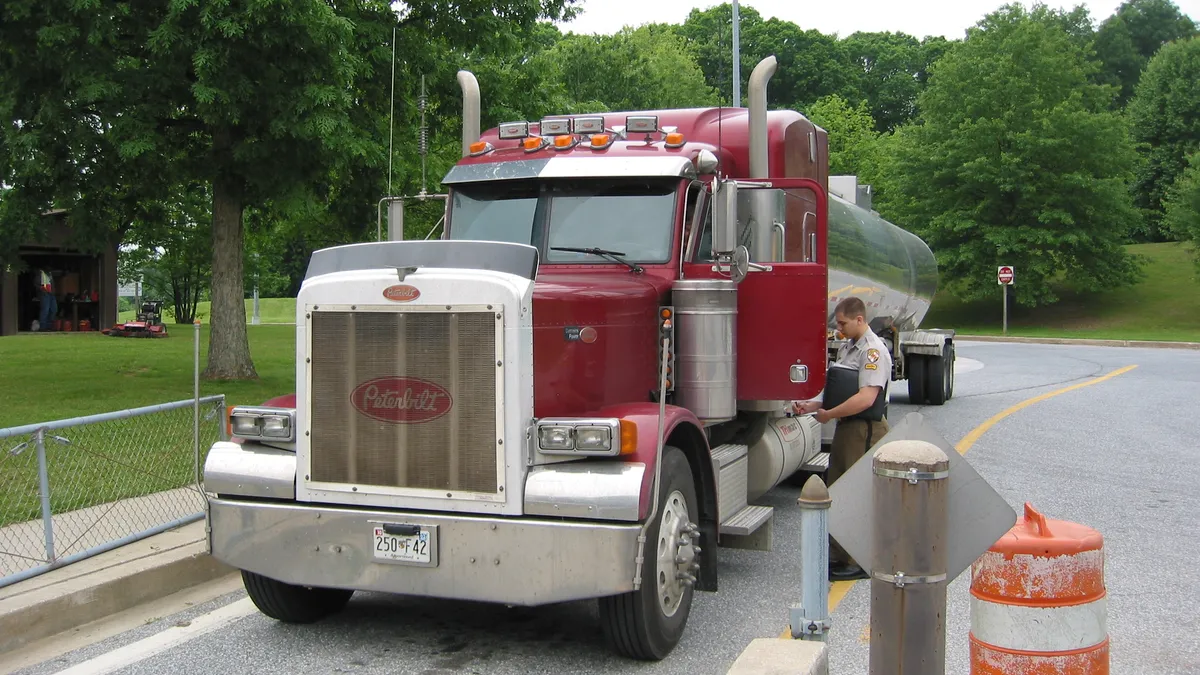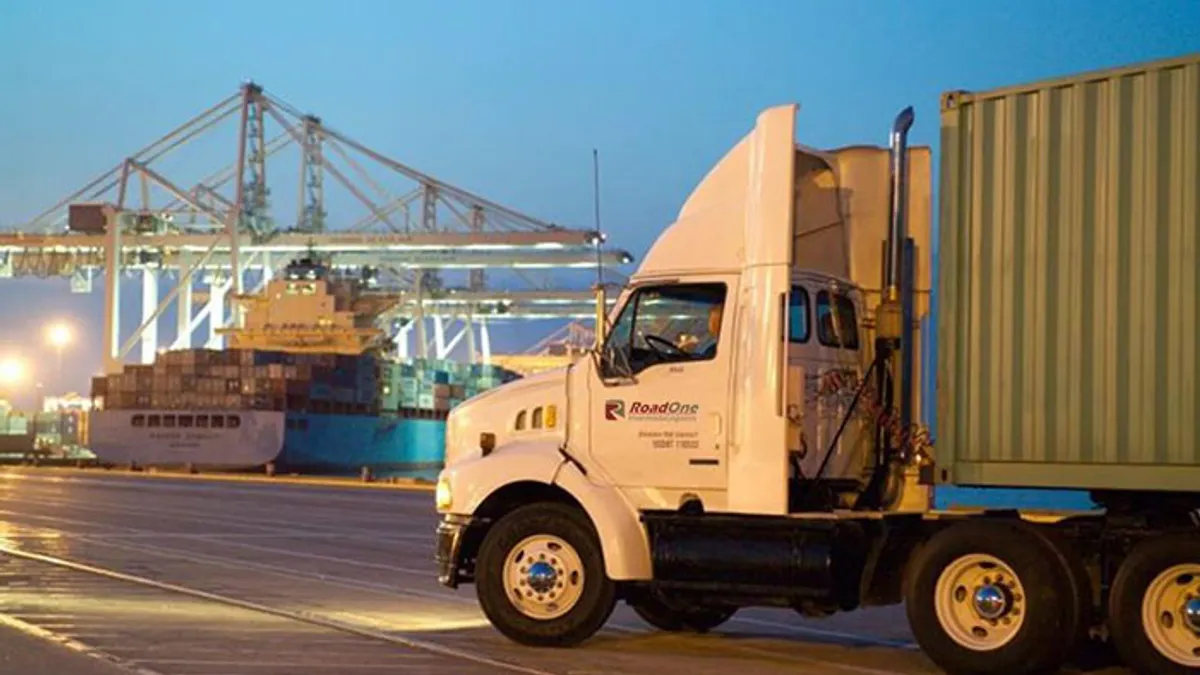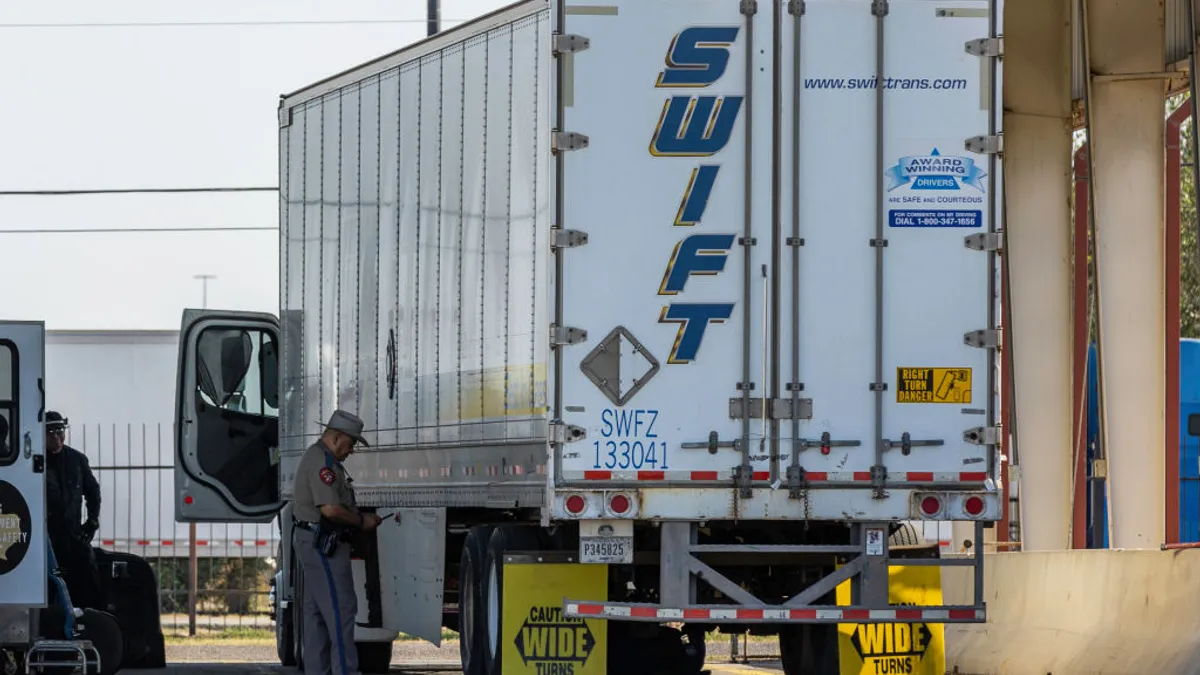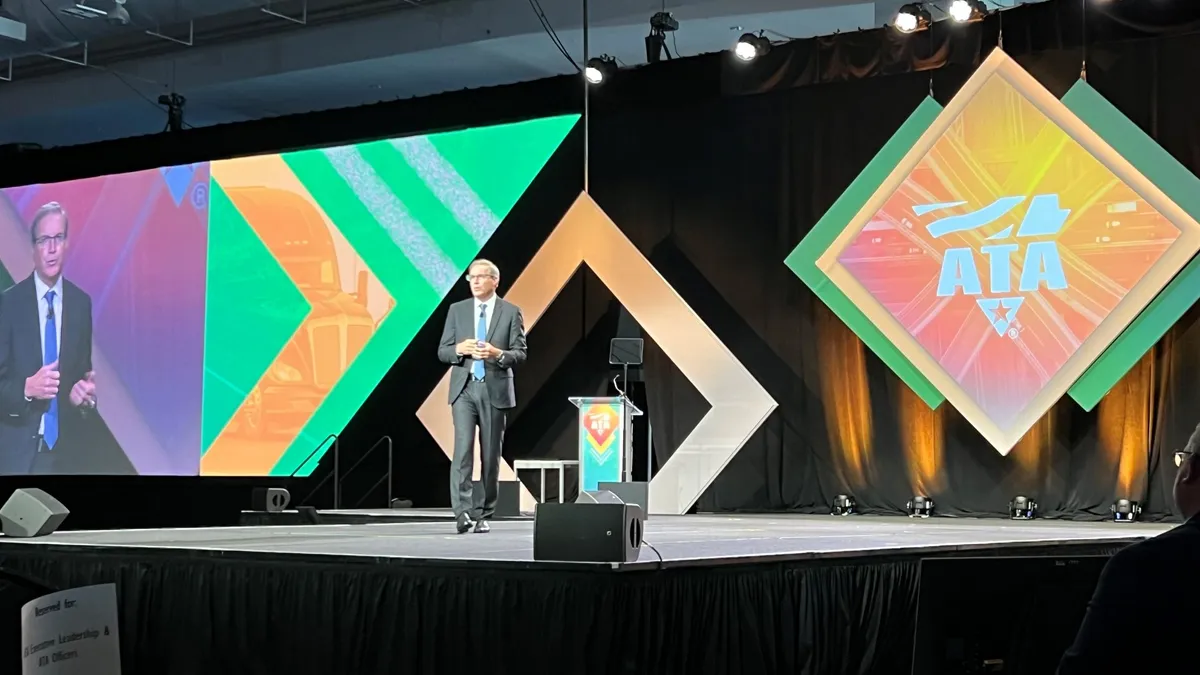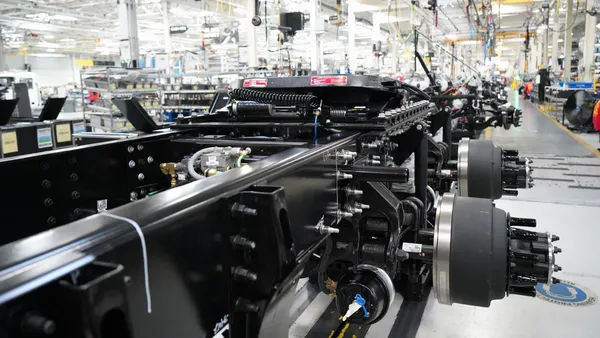The following is an opinion article written by Jim Ward, president of the Truckload Carriers Association. Opinions are the author’s own.
Driver shortages in trucking isn’t news for anyone who reads this publication, but members of the industry have conflicting views on hiring drivers between the ages of 18 and 20 as a solution.
The American Trucking Association projects the trucking industry will need to recruit approximately 1.2 million new drivers over the next decade to replace those who will be retiring. That’s an ambitious goal, and one that we’re struggling to meet with the current shortage of 78,000 drivers.
Hiring young drivers could prove an important solution, if the trucking industry can remove key obstacles and recognize the drivers would be appropriately trained through a federal program.
There’s a common misconception that young people are more prone to engaging in reckless driving behaviors, such as speeding and driving under the influence. Many believe they are not well-equipped to sit behind the wheel with a standard driver’s license, so how could they be trusted to conduct long-haul routes with a commercial driver’s license?
Contrary to public perception and the stereotypes associated with young drivers, individuals between the ages of 18 and 20, would receive comprehensive training before they operate commercial motor vehicles. In January 2022, the Federal Motor Carrier Safety Administration established the Safe Driver Apprenticeship Pilot Program, a three-year program designed to train thousands of young people interested in exploring trucking careers.
Under this program, carriers in good standing can register to participate, thus playing an active role in training apprentice drivers. The FMCSA has extensive requirements for approving carriers to participate in the program. They require certain staffing and equipment conditions as well; carriers must have an experienced driver who can provide hands-on training, driver-facing cameras, and tractors equipped with either automatic manual or automatic transmissions to participate.
The FMCSA also requires carriers to advance only apprentice drivers who have a clean record and a CDL in good standing.
For a two-year period before they’re hired, apprentice drivers operating a commercial motor vehicle must not have been convicted of certain violations, including:
- driving with an alcohol concentration of 0.04 or higher;
- driving while their CDL is revoked, suspended, or canceled; or
- causing a fatality through negligent operation.
Additionally, apprentice drivers cannot be convicted more than once for driving any type of motor vehicle recklessly, operating a commercial motor vehicle without the required CDL, or violating state/local laws that prohibit texting or using a hand-held mobile phone while driving.
They must also complete two probationary periods with an experienced driver in the passenger seat. The first probationary period requires 120 hours of on-duty time, with at least 80 hours of driving in the commercial vehicle. The second probationary period requires 280 hours of on-duty time, with at least 160 hours of driving time. Apprentice drivers would also be prohibited from transporting passengers, hazardous materials, or loads over 80,000 pounds.
Needless to say, 18- to 20-year-old drivers would be adequately trained before going out on the road.
Young drivers who participate in the Safe Driver Apprenticeship Program will be fully prepared to meet these standards and operate commercial vehicles safely. By providing comprehensive training and education to these drivers, the FMCSA is ensuring that only qualified and responsible people are authorized to drive commercial trucks on our roads.
It’s worth mentioning there are other obstacles to hiring young drivers through the program.
Many people in the industry believe the reporting requirements to participate in the program are overly burdensome, especially for a demographic that’s already permitted to operate a CMV in intrastate commerce. In order to participate, carriers must register with the Department of Labor’s Registered Apprenticeship Program, install inward-facing cameras, and provide data to the FMCSA from all safety systems onboard.
This can be especially challenging for smaller carriers with less staff, as the record of registered cameras shows.
Despite being available to 3,000 drivers, which requires the participation of an estimated 1,000 carriers, only 16 carriers have enrolled in the pilot.
If we hope to achieve the desired outcome, it is imperative that we increase industry participation.
As drivers retire both voluntarily and involuntarily in the coming decades, we need to tap into younger generations to sustain the supply of drivers. If we can trust 18-year-olds to enlist in the military and yield weapons, we can trust our carrier community to properly train these new drivers entering the workforce.
Hiring drivers under 21 is crucial to address the growing driver shortage and protect the future of the industry.


